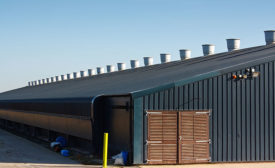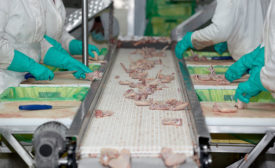Home » Keywords: » poultry perspectives
Items Tagged with 'poultry perspectives'
ARTICLES
Poultry Perspectives
Taking a different approach to employee safety and food safety training for poultry workers
Use innovative tools to train
Read More
Poultry Perspectives
Court preserves Constitutional protections for poultry processors
Court denies OSHA attempt to expand accident inspection into full inspection.
Read More
Stay ahead of the curve. Unlock a dose of cutting-edge insights.
Receive our premium content directly to your inbox.
SIGN-UP TODAYCopyright ©2024. All Rights Reserved BNP Media.
Design, CMS, Hosting & Web Development :: ePublishing











